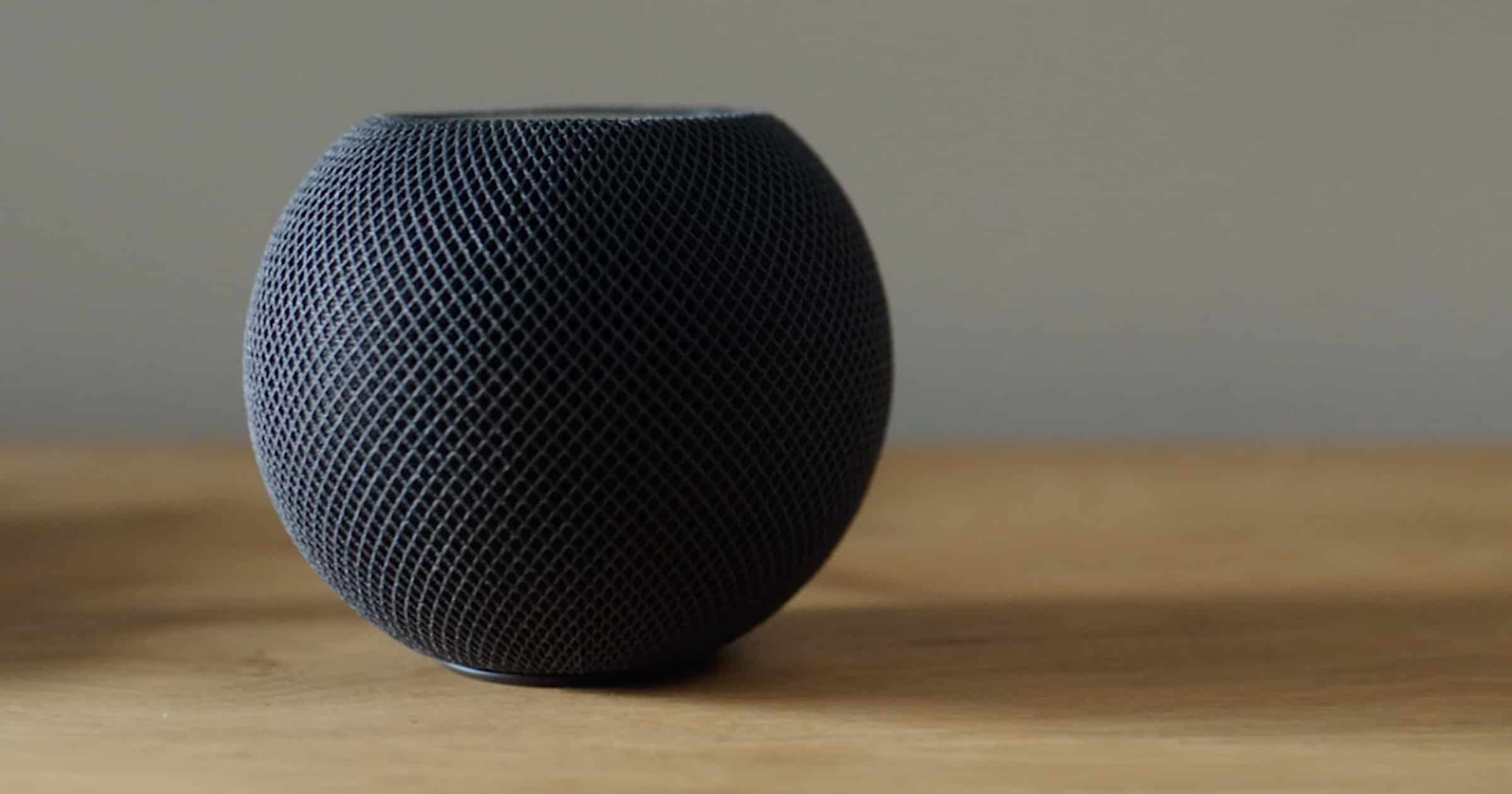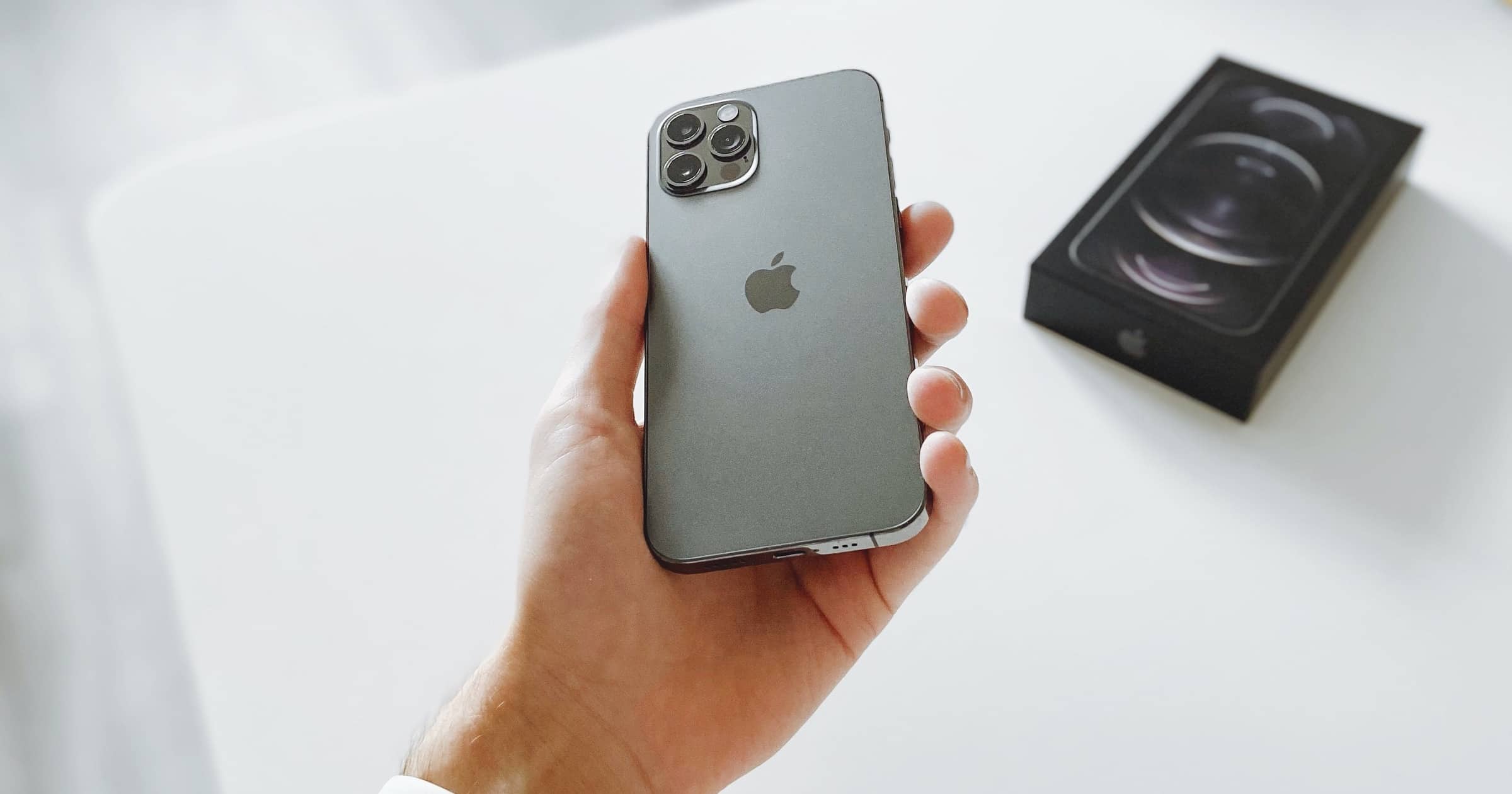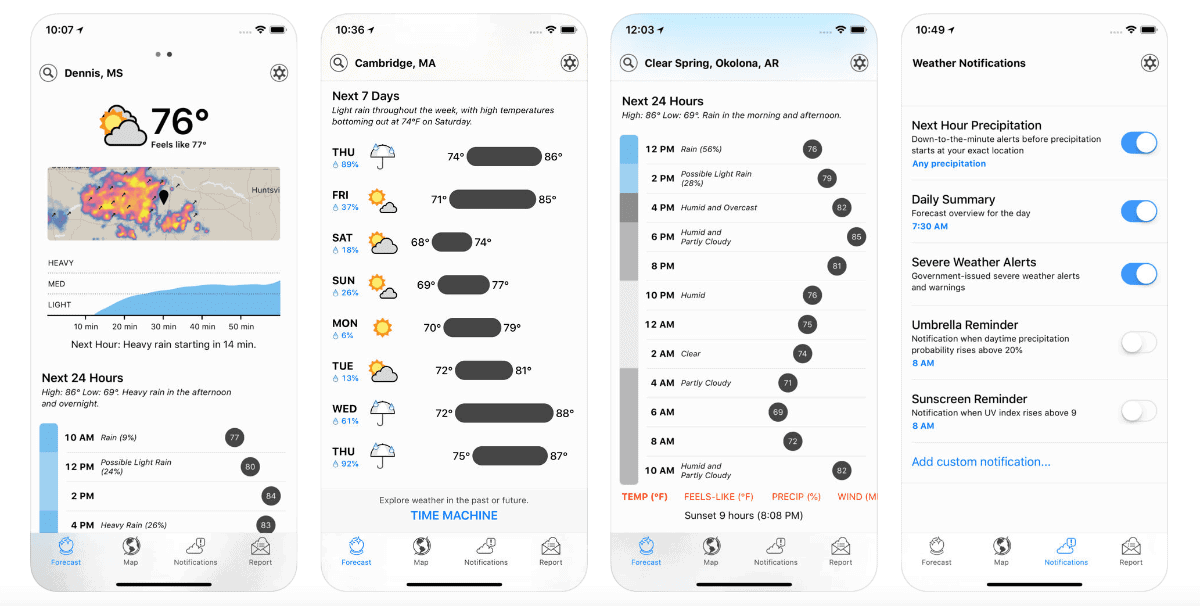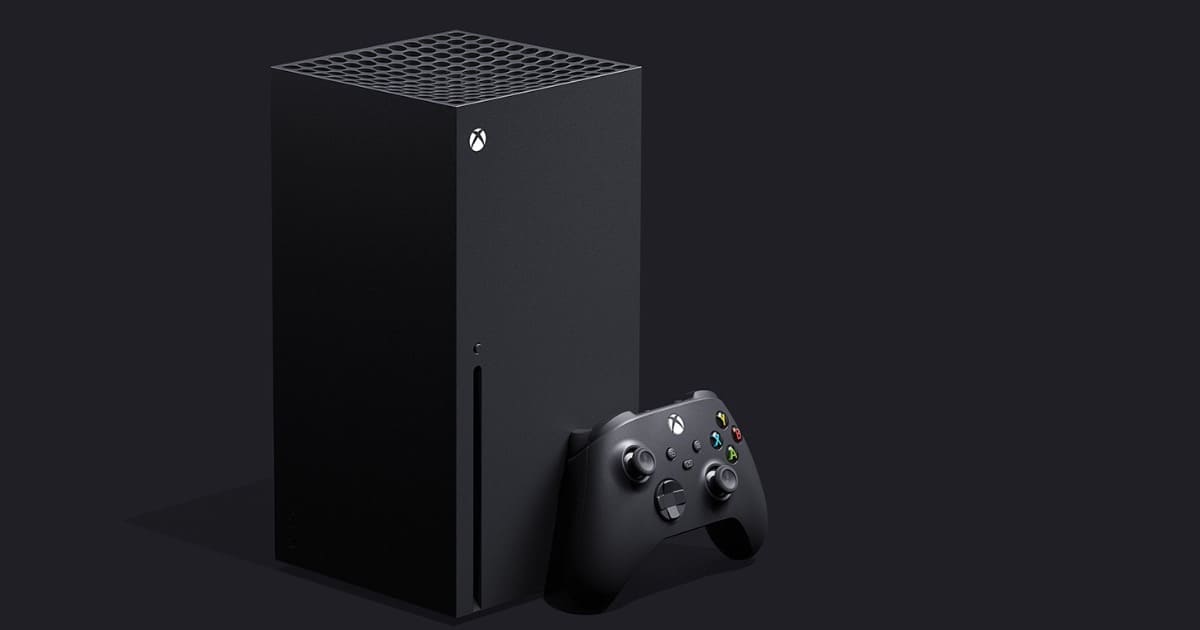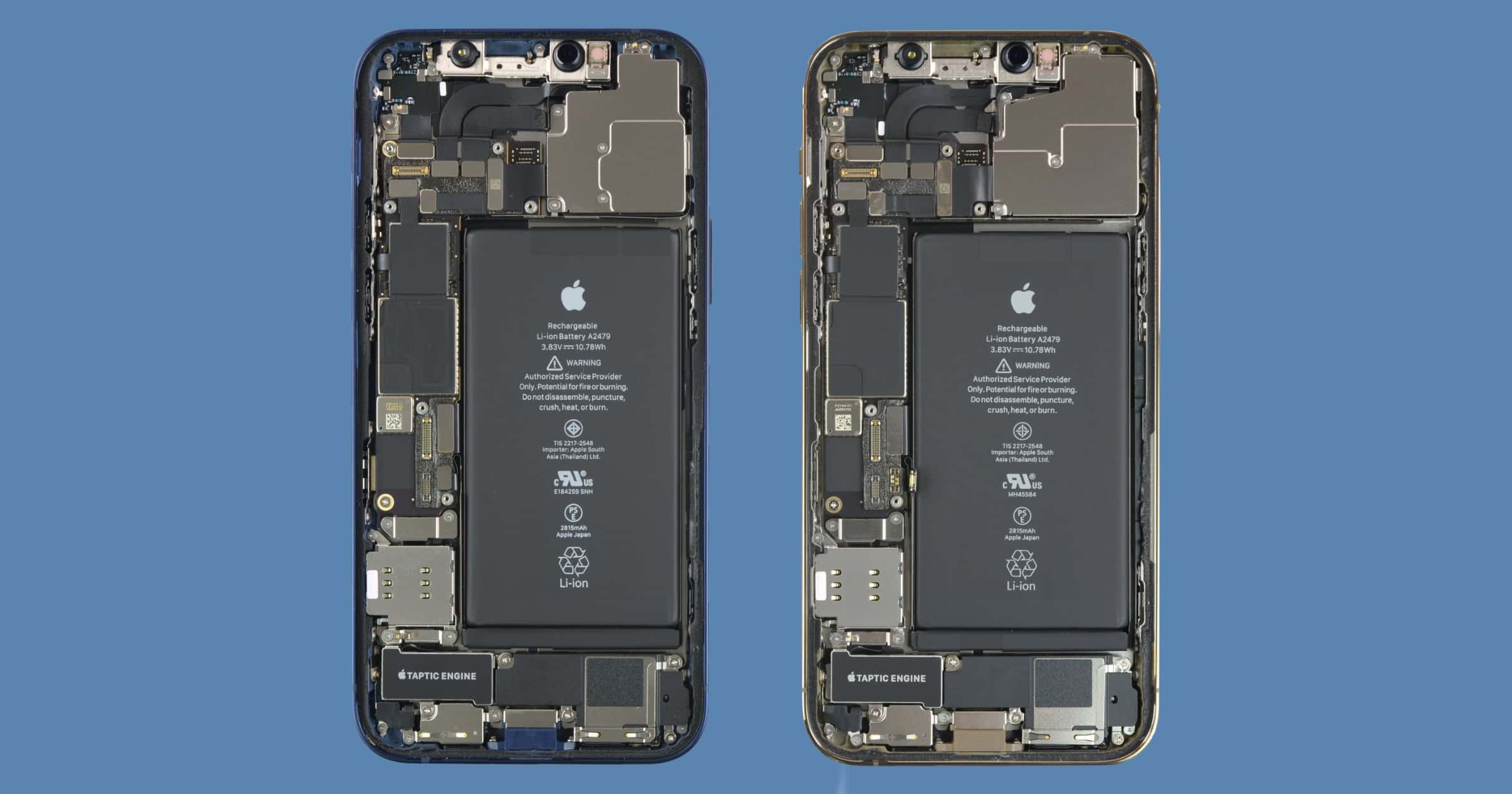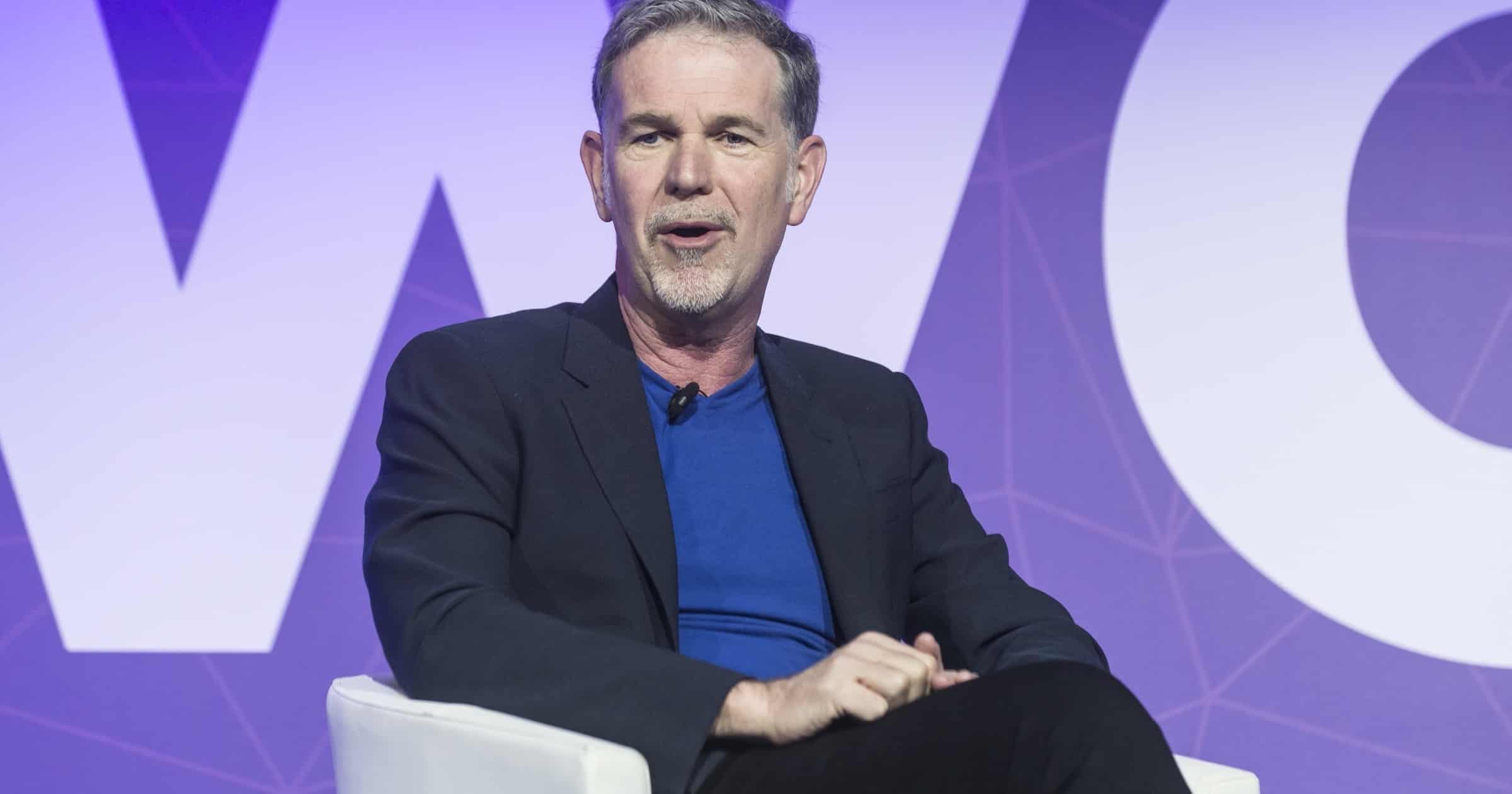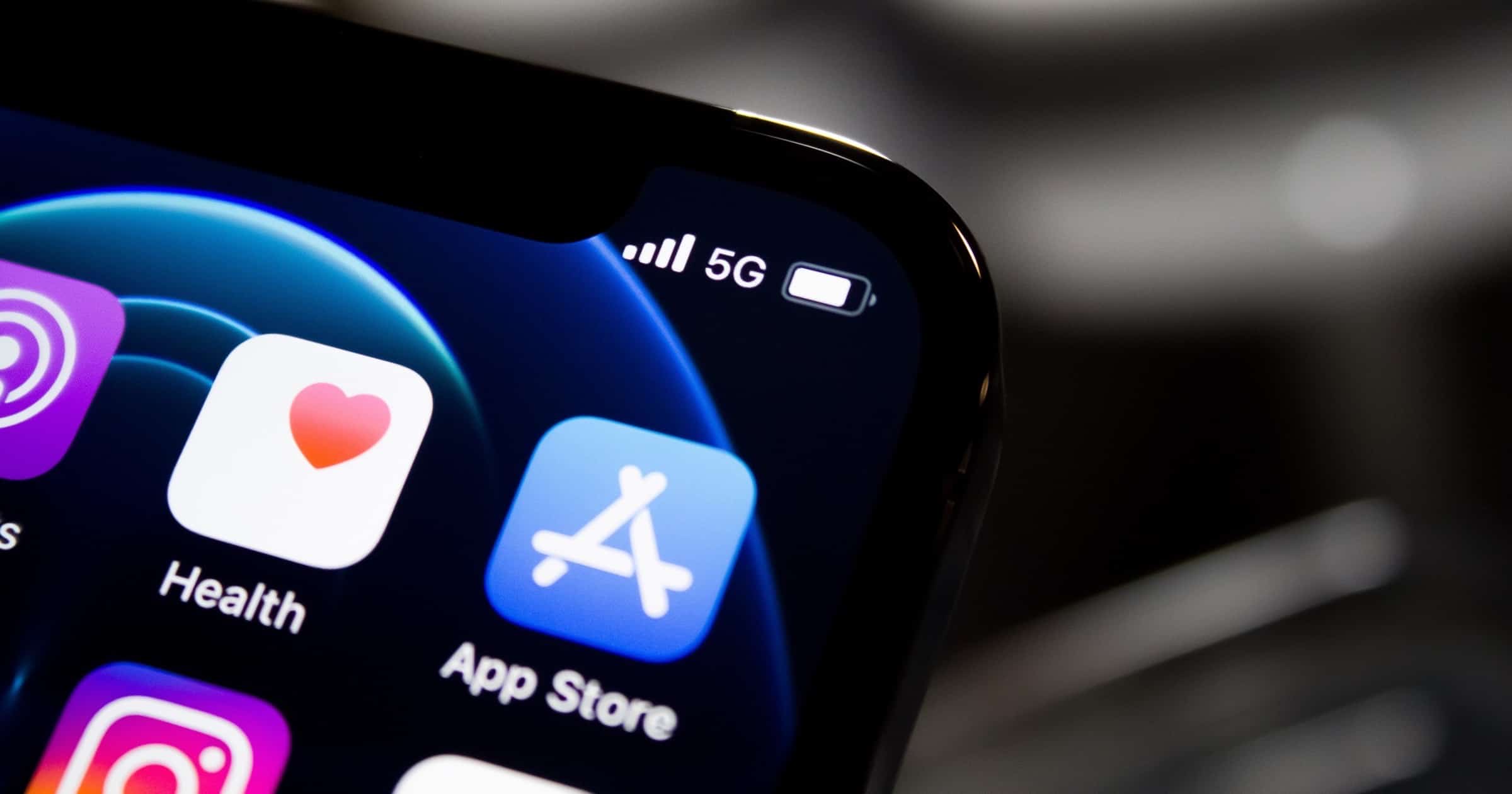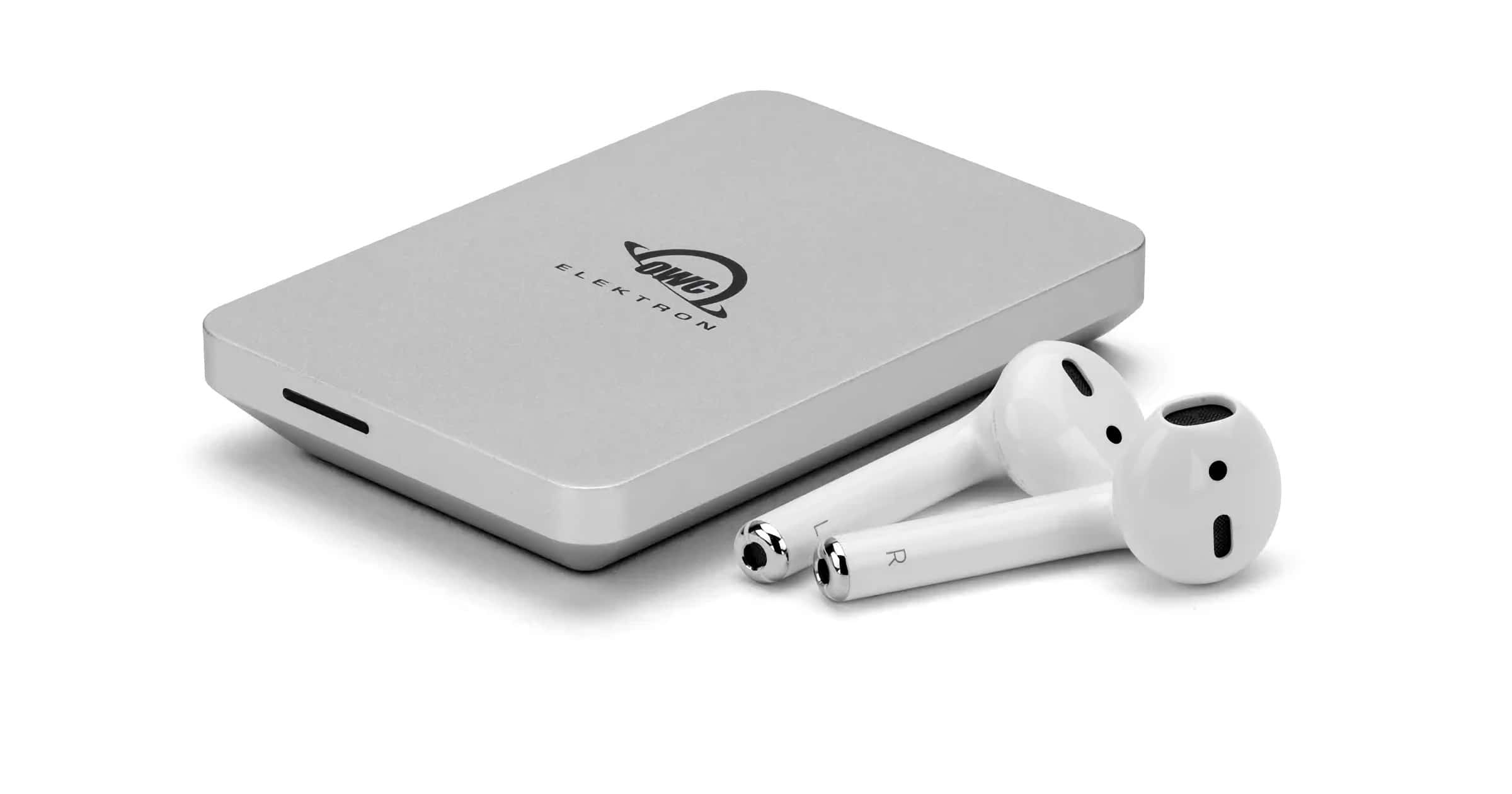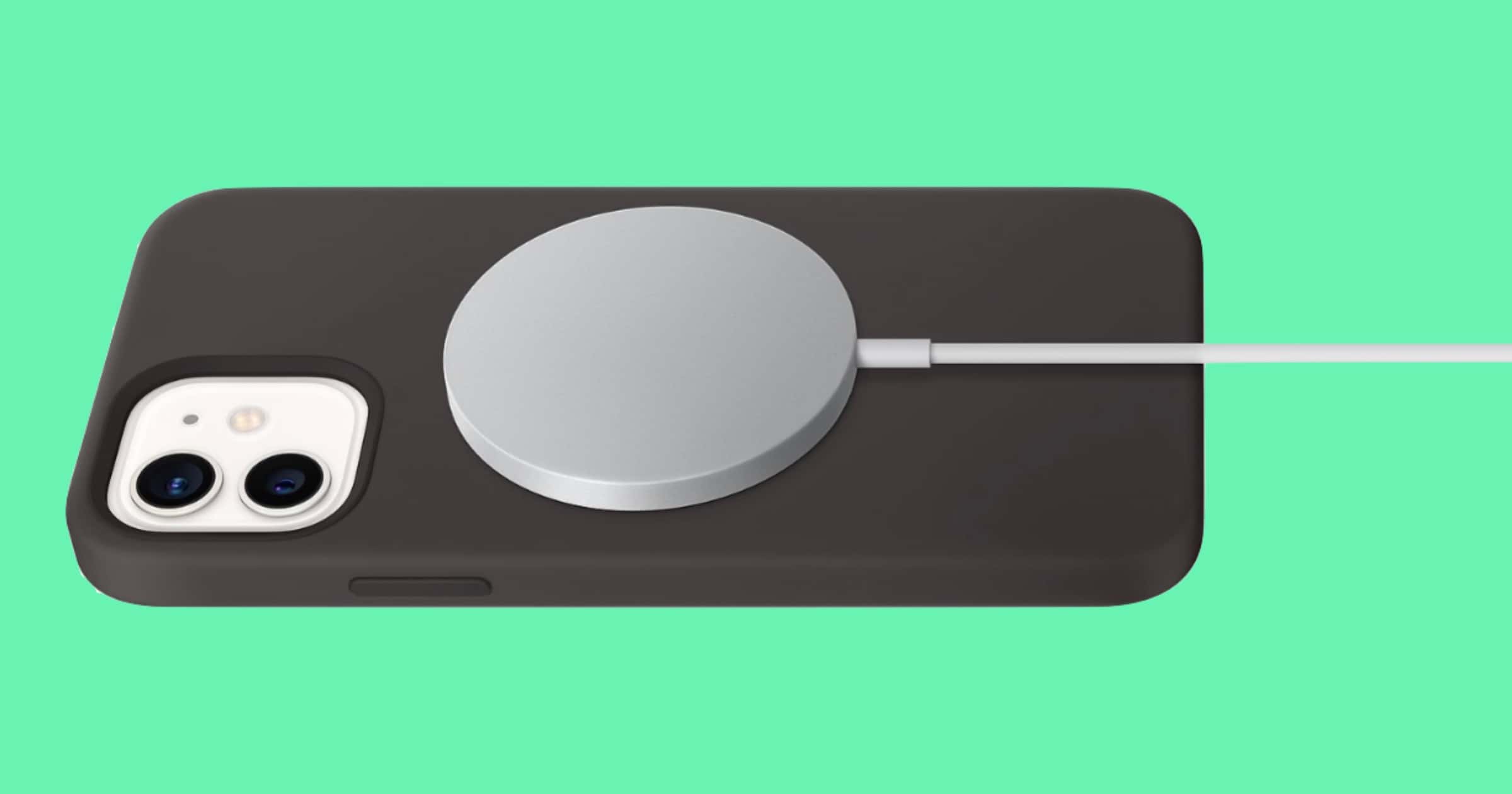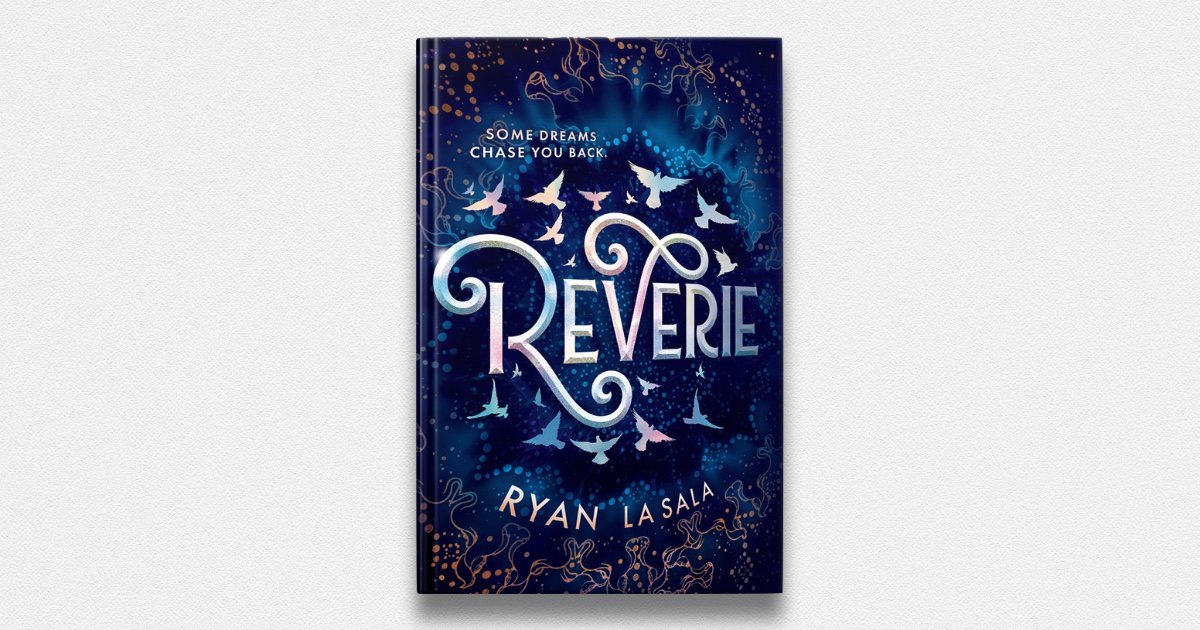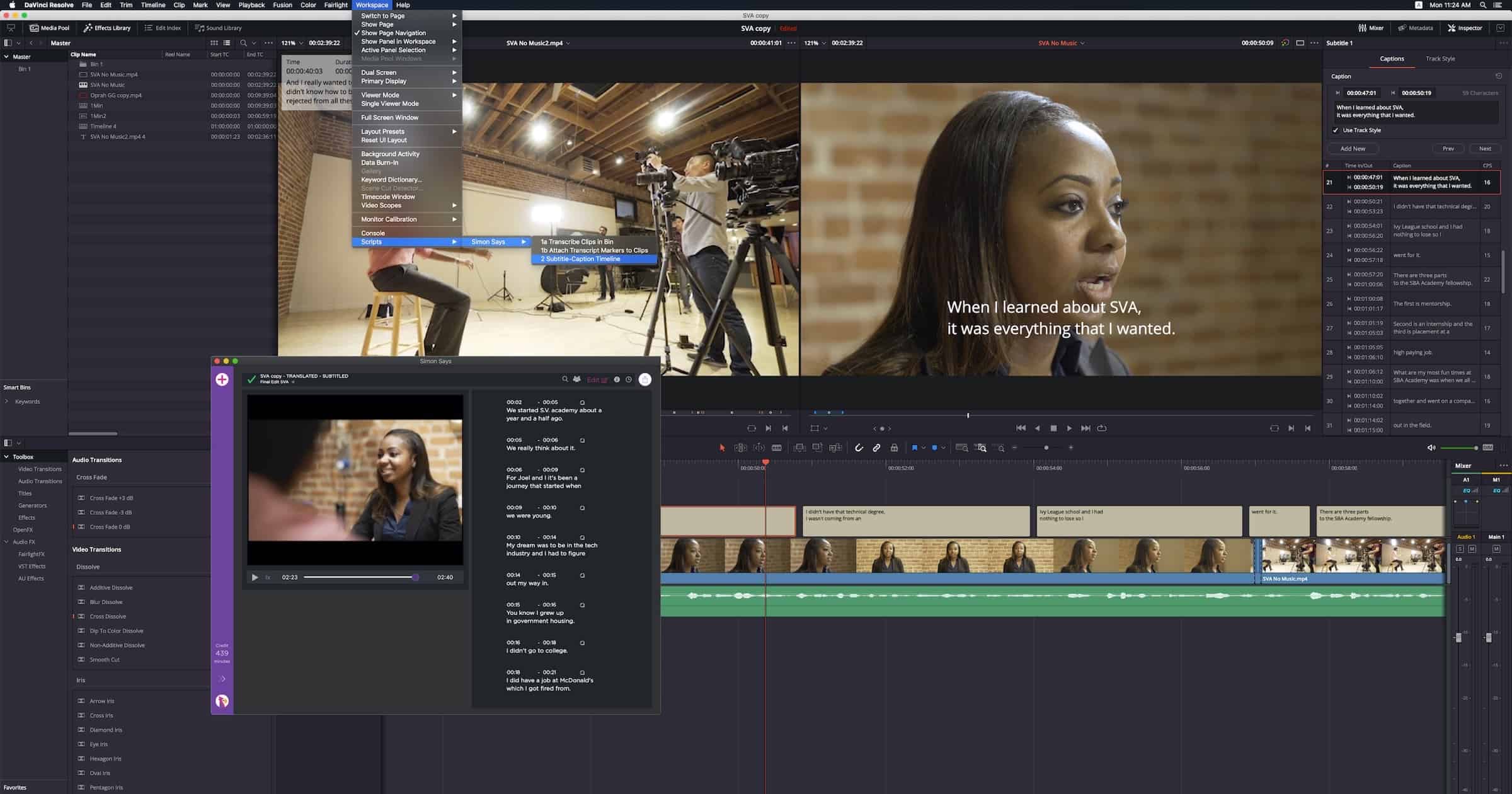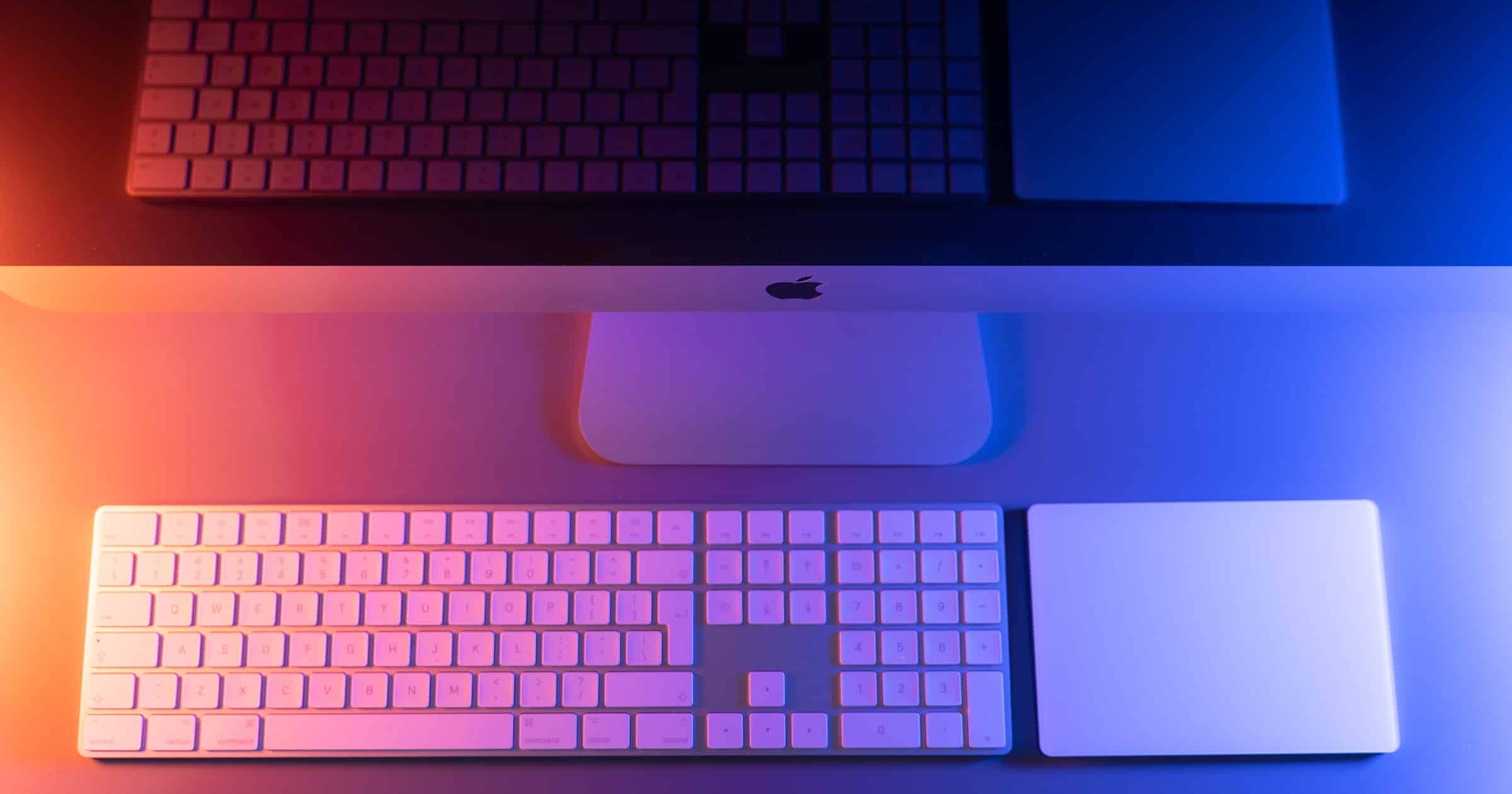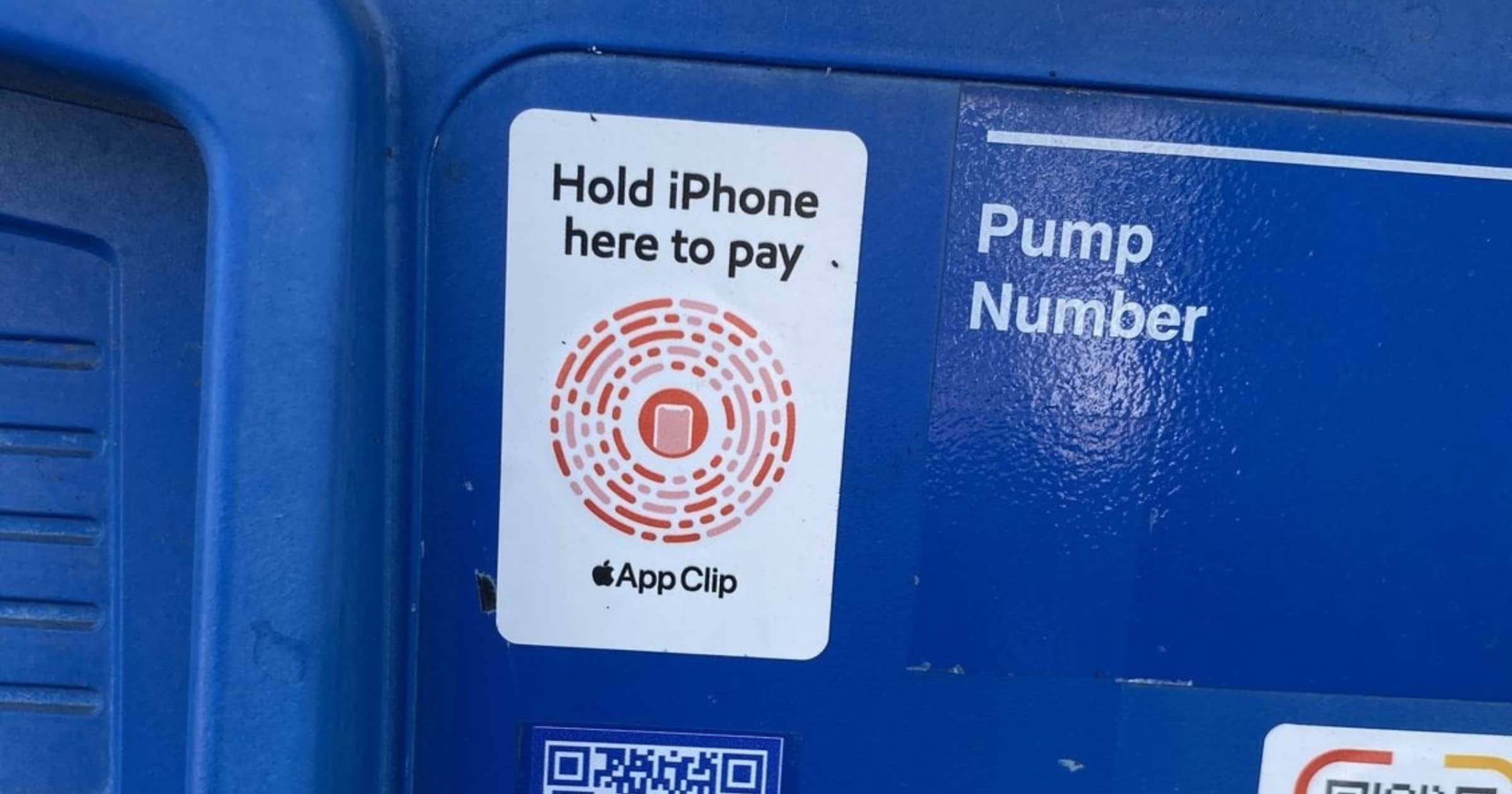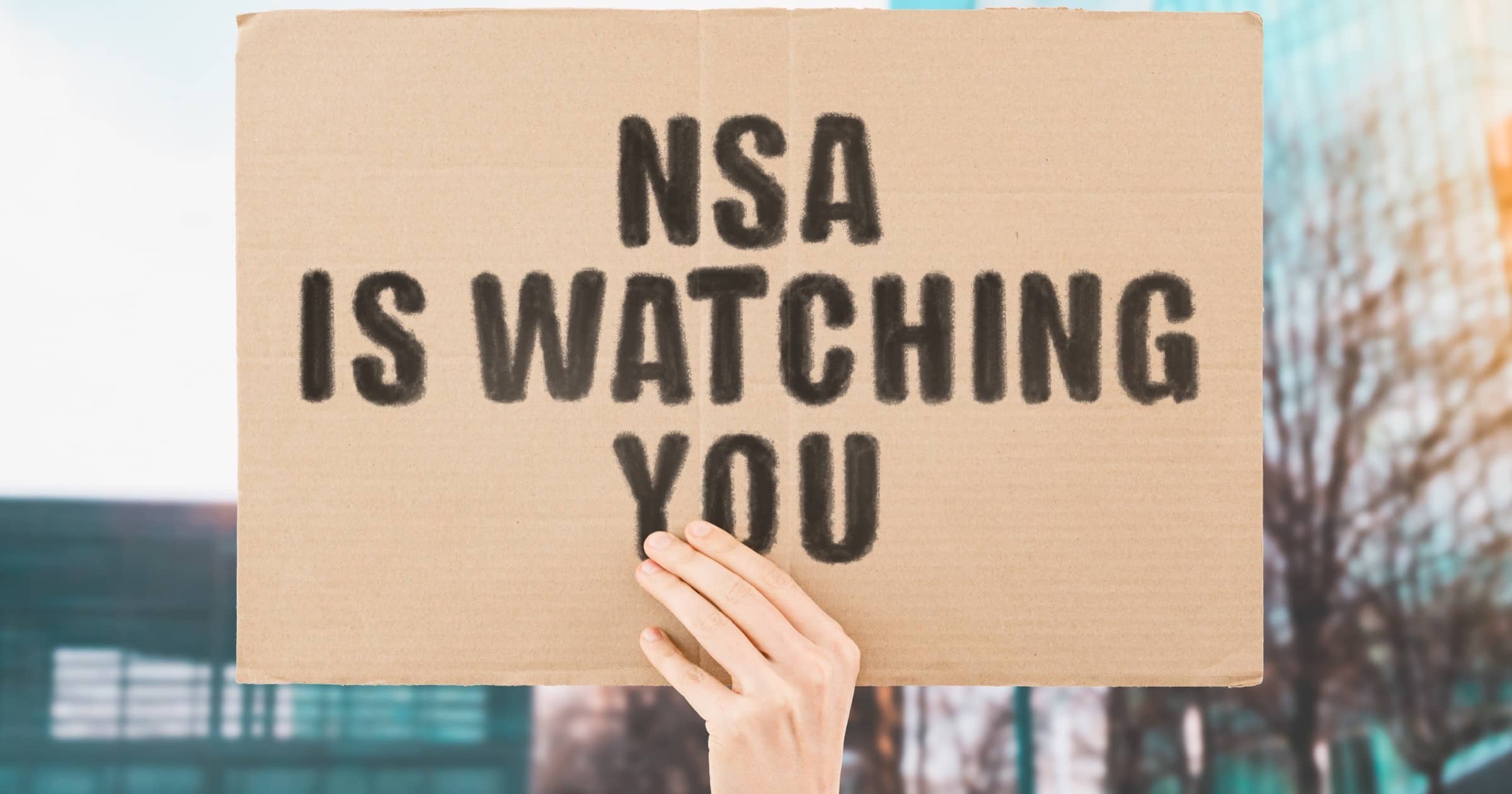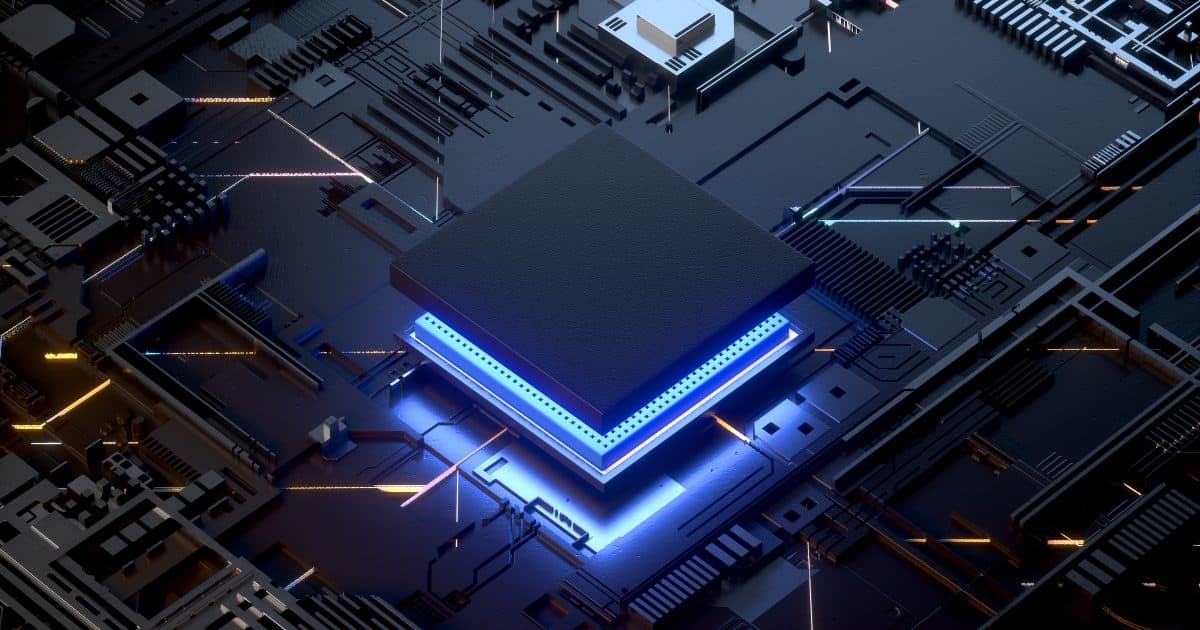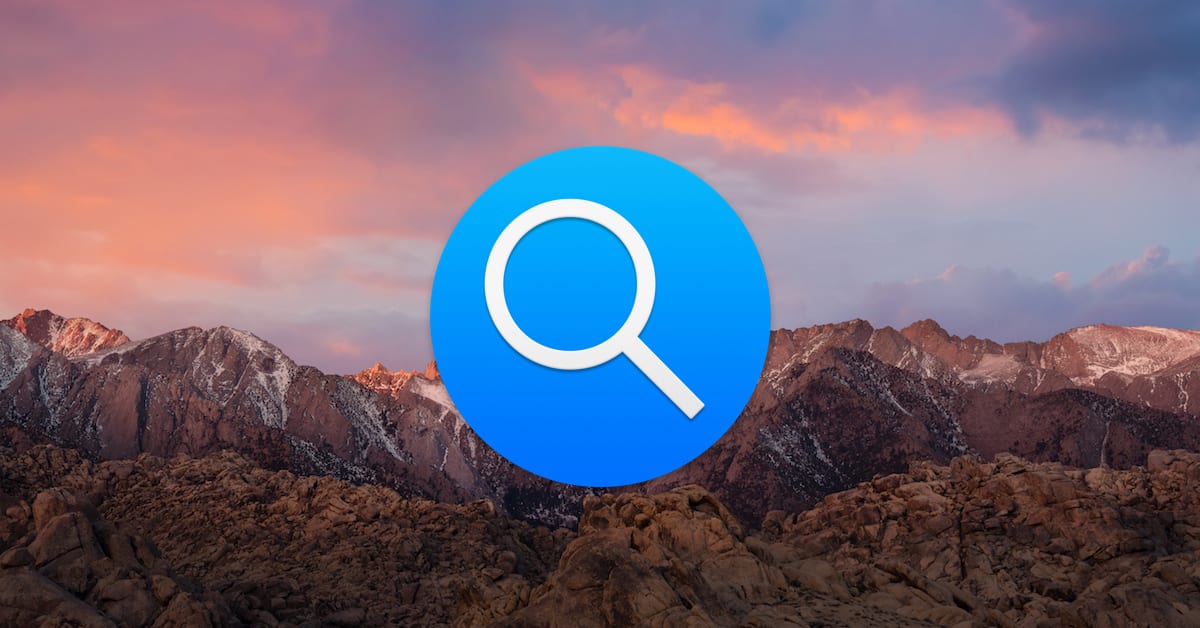GrowDiaries is a social media platform for marijuana growers. Two of its servers leaked user data like usernames and passwords.
Articles by Andrew Orr
Fibank Now Supports Apple Pay With Visa Cards
Bulgaria’s First Investment Bank (Fibank) supports Apple Pay for its customers with debit or credit Visa cards.
Wallpapers Inspired by Apple’s ‘One More Thing’ Event
Apple announced a new event on November 10 called “One More Thing” and designers have created a couple of iPhone wallpapers for the occasion.
Because the company sent press invitations for the event titled “One more thing” to be held on November 10th last night. The predictions are that we will meet the first ARM-powered MacBook and AirTag at the event.
Pandora HomePod Mini Support is Here
Pandora now supports the HomePod mini ahead of its launch on November 6. Juli Clover tells us the details.
According to Pandora, HomePod integration requires the latest version of the Pandora app. Once it’s installed, open the Pandora app on an iPhone or an iPad, and then select ProfileSettingsConnect With HomePodUse in Home to get it working. Music can be requested from Pandora by adding “on Pandora” to any Siri request for a song.
Get Pre-Approved for iPhone 12 mini, iPhone 12 Pro Max
Apple customers in the iPhone Upgrade Program can get pre-approved for the iPhone 12 mini and iPhone 12 Pro Max.
‘Dark Sky’ 6.8.5 Adds Improved Location Search, New Watch Complication
Apple recently updated the Dark Sky app to 6.8.5 and it adds a couple of new features and improvements. Adds the extra large watch complication with watchOS 7; Improves location search with more suggested and relevant results; Adds a new location icon to indicate when Precise Location is disabled; Fixes an issue that could cause a duplicate forecast page after moving it from Recent Searches to Saved; Includes stability and performance improvements. Although Apple acquired the Dark Sky app it still requires a US$3.99 purchase.
Raspberry Pi 400 is a $70 Computer in a Keyboard
The new Raspberry Pi 400 is a US$70 computer built into a compact keyboard inspired by the home computers of the 1980s.
Apple TV App Comes to Xbox Series S, Series X at Launch
The Apple TV app will arrive on the Xbox Series S and Series X, Microsoft reports. The app will be available on November 10.
Camera Company Moment Launches iPhone 12 Cases and Mounts
Moment is releasing its own brand of MagSafe accessories for the iPhone 12, like cases, tripod mounts, cold shoe mounts, and more.
John Turturro Joins Adam Scott in Apple Thriller ‘Severance’
John Turturro has joined Adam Scott and Patricia Arquette in “Severance” a thriller series on Apple TV+ from Dan Erickson.
iFixit Shares iPhone 12/12 Pro Internal Wallpapers
iFixit is back this year to provide iPhone 12 internal wallpapers to let you see what the devices look like beneath the display.
Need a zoom party icebreaker? Take some folk on a phone tour, tell everyone Apple has pressed pause on unique battery shapes. And let us know how that goes because we’re running out of Kahoot topics…
Netflix Standard Plan and Premium Increase in Price
The Netflix standard and premium plans are getting a price increase. Standard is increasing to US$13/month while premium will cost US$18/month.
T-Mobile Expands its Mid-Band 5G Network Coverage
T-Mobile announced on Wednesday that it expanded its mid-band 5G network coverage and plans to reach 100 million people by the end of the year.
OWC Introduces Envoy Pro Elektron External SSD
Mac and PC technology company OWC has launched its Envoy Pro Elektron USB-C drive. It features high speeds and resistance to dust and water.
Apple’s 85/15 Subscription Split Doesn’t Help Developers Much
Unlike Apple’s 70/30 split for in-app purchases, it offers an 85/15 split for subscriptions from customers that stay subscribed for at least a year. But Jacob Eiting writes how that doesn’t really help developers because of subscriber churn.
No matter how great an app is, subscribers are going to churn. Sometimes it’s because of a credit card expiring or some other billing issue. And sometimes it’s more of a pause, and the user comes back after a few months. But the majority of churn comes from subscribers who, for whatever reason, decide that the app just isn’t worth paying for anymore. If a subscriber churns before the 1-year mark, the developer never sees that 85% split. And even if the user resubscribes, Apple and Google reset the clock if a subscription has lapsed for more than 60 days.
FBI Warns of Ransomware Threat to US Healthcare System
The FBI, CISA, and HHS are issuing a joint alert to warn of the threat of ransomware attacks currently affecting U.S. healthcare systems.
MagSafe Fast Charging Won’t Damage Your iPhone 12 Battery
With the right charging brick, Apple’s MagSafe charging pad can quickly charge your iPhone 12 at an estimated 50% battery in 30 minutes. Although it was written last year, Clifford Colby’s article is a helpful investigation into fast charging. The short answer is that fast charging won’t damage your iPhone’s battery.
Damage is rare if everything’s well-managed inside. A battery’s management system closely monitors the two charge phases and drops the charging speed during the second phase to give the battery time to absorb the charge and avoid issues, which is why it can take 10 minutes to get those last few percentage points.
OverDrive Announces Next Title in Digital Book Club Called ‘Reverie’
Big Library Read is a digital book club from eBook lender OverDrive. “Reverie” is the next book to read available for free through Libby from author Ryan La Sala. “All Kane Montgomery knows for certain is that the police found him half-dead in the river. He can’t remember anything since an accident robbed him of his memories a few weeks ago. And the world feels different—reality itself seems different. So when three of his classmates claim to be his friends and the only people who can tell him what’s truly going on, he doesn’t know what to believe or who he can trust. But as he and the others are dragged into unimaginable worlds that materialize out of nowhere—the gym warps into a subterranean temple, a historical home nearby blooms into a Victorian romance rife with scandal and sorcery—Kane realizes that nothing in his life is an accident, and only he can stop their world from unraveling.”
Simon Says is Bringing AI Transcription to DaVinci Resolve on Mac
Simon Says announced a partnership on Thursday to bring AI transcription to video editor DaVinci Resolve on macOS.
Germany Investigates Amazon, Apple Over ‘Brandgating’
Germany’s Federal Cartel Office is investing Amazon and Apple over “brandgating”, an Amazon policy that interferes with independent vendors.
ExxonMobil Adds App Clips for Mobile iPhone Payments
ExxonMobil has added App Clips for mobile payments on iPhones, as well as QR codes for Google Pay users.
NSA Avoids Discussing Back Doors in Commercial Products
The U.S. National Security agency is dodging questions about back doors in commercial products and whether it’s continuing this practice. The article mentions Dual EC, a type of encryption algorithm the NSA tried to get ratified as a global standard. Why? Because they could easily crack it.
Juniper Networks got into hot water over Dual EC two years later. At the end of 2015, the maker of internet switches disclosed that it had detected malicious code in some firewall products. Researchers later determined that hackers had turned the firewalls into their own spy tool here by altering Juniper’s version of Dual EC.
And that’s the reason we oppose these kinds of back doors or “weaknesses on purpose” on Security Friday. If one group can easily crack it, so eventually will other groups.
Researchers Extract Intel CPU Encryption Key
Security researchers have successfully extracted the Intel CPU encryption key used to secure updates to the chip.
The key makes it possible to decrypt the microcode updates Intel provides to fix security vulnerabilities and other types of bugs. Having a decrypted copy of an update may allow hackers to reverse engineer it and learn precisely how to exploit the hole it’s patching. The key may also allow parties other than Intel—say a malicious hacker or a hobbyist—to update chips with their own microcode, although that customized version wouldn’t survive a reboot.
Of course, it’s the “other parties” to worry about. The key can be extracted from any chip that uses Intel’s Goldmont architecture. This is used for low-power chips like the Atom, Celeron, and Pentium brands.
Hints of an Apple Search Engine Resurface
A report in the Financial Times (which is paywalled so I’m linking to TechCrunch) claims that Apple could be creating an Apple search engine. Or, maybe the company is instead improving search for Siri or Spotlight.
Apple is now showing its own search results and linking directly to websites when users type queries from its home screen in iOS 14. For context, this is a behavior that has been known for a while as people have seen the feature pop up in beta versions of iOS. And the search volume being up on Apple’s crawler is something that Jon Henshaw of Coywolf had noted back in August.
I’m going with the “improving Siri and Spotlight” take. Apple isn’t known for creating products outside its ecosystem (Music on Android and Apple TV on other devices notwithstanding).




